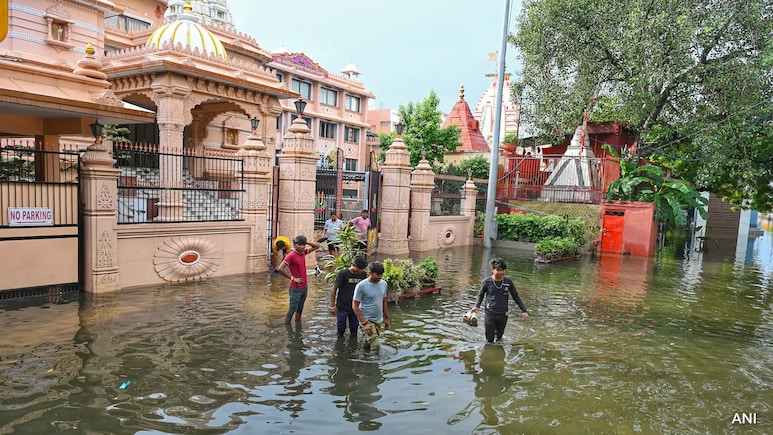
Delhi may soon have a long-term answer to its waterlogging woes. The city government has cleared a futuristic Storm Water Drainage Master Plan, prepared by the Public Works Department (PWD), aimed at making the capital more resilient to flooding, climate change, and rapid urbanisation.
This is the first major upgrade since the 1976 drainage plan. Over nearly five decades, Delhi's land use has changed drastically, with more built-up areas, fewer natural absorption zones, and increasingly intense monsoons. The result has been recurring waterlogging and drain overflows. The new plan seeks to address these challenges with modern engineering and ecological solutions.
Tackling Flooding with Tech
The master plan is based on advanced tools such as ArcGIS, SewerGEMS, and SWMM, which have helped map Delhi's drains, lakes, wetlands, and green spaces into one integrated system. Officials say the design also factors in an 11% rise in rainfall intensity to prepare for future climate events.
Nature-Based Solutions at Core
A major thrust is on rejuvenating lakes, wetlands, and green parks, alongside rainwater harvesting. These steps, officials explain, will not only help manage storm water but also support biodiversity and groundwater recharge while improving the city's aesthetics.
Smart Monitoring, Citizen Involvement
The plan proposes IoT-based monitoring of drains for real-time data on water levels and performance. A specialised operations and maintenance team will be deployed to ensure quick responses during peak rains.
To ensure smooth rollout, an Inter-Departmental Coordination Committee will bring together PWD, Delhi Jal Board (DJB), Municipal Corporation of Delhi (MCD), Delhi Development Authority (DDA), National Disaster Management Authority (NDMA), and Resident Welfare Associations (RWAs). Public awareness campaigns will also encourage citizen participation, seen as key to the plan's long-term success.
Phased Implementation for Maximum Impact
Execution will follow a phased approach, prioritizing the most flood-prone areas first. Officials say this will reduce annual monsoon disruptions, improve public health, ease traffic flow, and cut economic losses linked to flooding.
Track Latest News Live on NDTV.com and get news updates from India and around the world

